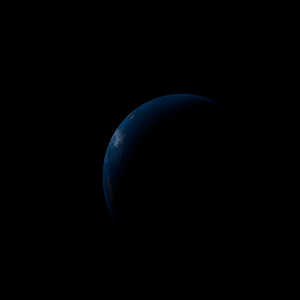|
|
Space Astro
|
Info for exoplanet "Pepyube-u"
| Scientific (actual) data |
|---|
| Planet | Kepler-1197 b |
| Planet status | Confirmed |
| Radius | 0.112 |
| Orbital period | 2.03232 |
| Discovered | 2016 |
| Updated | 2021-02-05 |
| Tconj | 2454970 |
| Publication | Announced on a website |
| Detection type | Primary Transit |
| Alternate names | 2MASS J19264062+4235265 b, K02339.01, KIC 7033233 b, KOI-2339 b, KOI-2339.01, WISE J192640.64+423526.7 b |
| Star name | Kepler-1197 |
| Right ascension | 291.67° |
| Declination | 42.59° |
| Mag j | 13.47 |
| Mag h | 12.91 |
| Mag k | 12.814 |
| Star distance | 505 |
| Star metallicity | 0.06 |
| Star mass | 0.78 |
| Star radius | 0.72 |
| Star age | 2.69 |
| Star temperature | 4708 |
| Star alternate names | 2MASS J19264062+4235265, KIC 7033233, KOI-2339, WISE J192640.64+423526.7 |
| Wikipedia article | Kepler-1197 b |
Back
| |
| Fictional info (?) |
|---|
| Suggested name | Pepyube-u |
| Planet type | Cold planet |
| This planet is named after the deity Pepyube-u, the spirit of love and beauty.
The carbon dioxide has probably photodissociated, and the free ammonia has been swept into interplanetary space by the solar wind because of the lack of a planetary magnetic field.
Pepyube-u is the site of Celestium Tower, the most active volcano and second-highest known mountain in its solar system, and of Valles Marineris, one of the largest canyons in its solar system.
It may also have a rocky core of heavier elements, but like the other cold planets, Pepyube-u lacks a well-defined solid surface. |
| Atmosphere | Ammonia | 95% |
| Formaldehyde | 3.5% |
| Carbon dioxide | 0.75% |
| Atmospheric pressure | 100 bar |
 |
| No known satellites |
| Google search for Pepyube-u |
|
Website by Joachim Michaelis
|
|
|
|